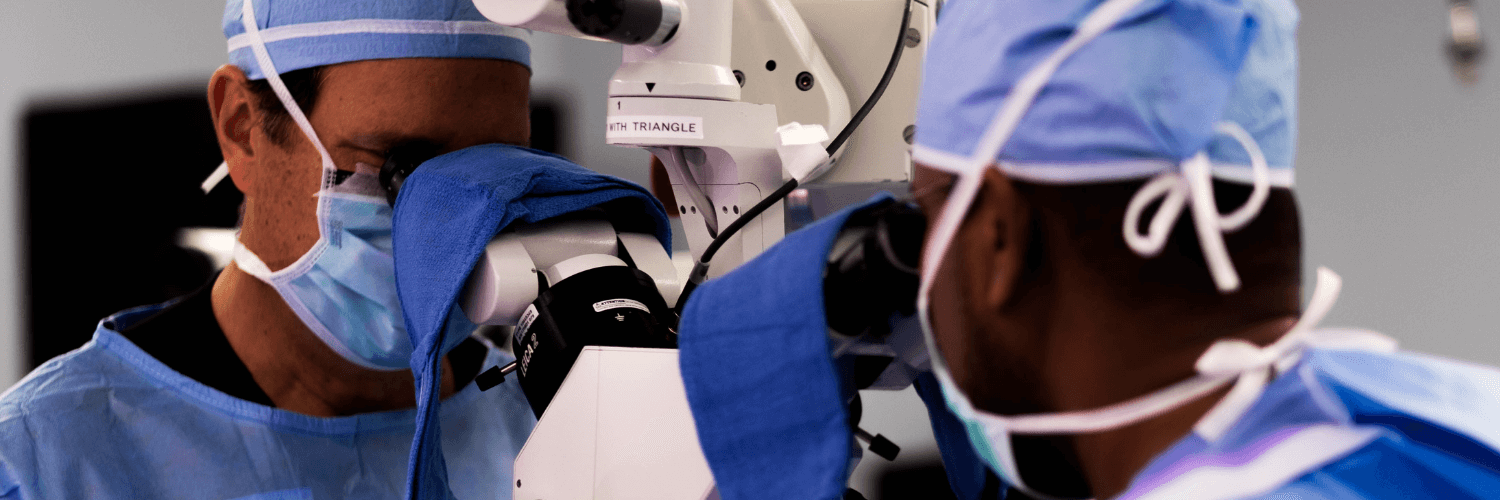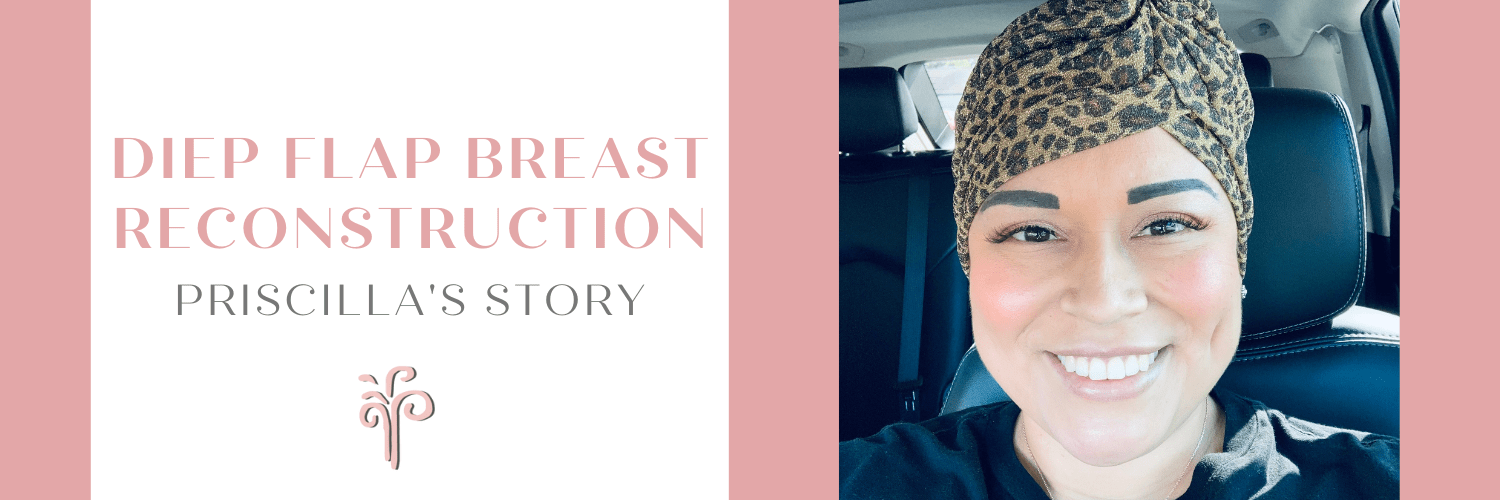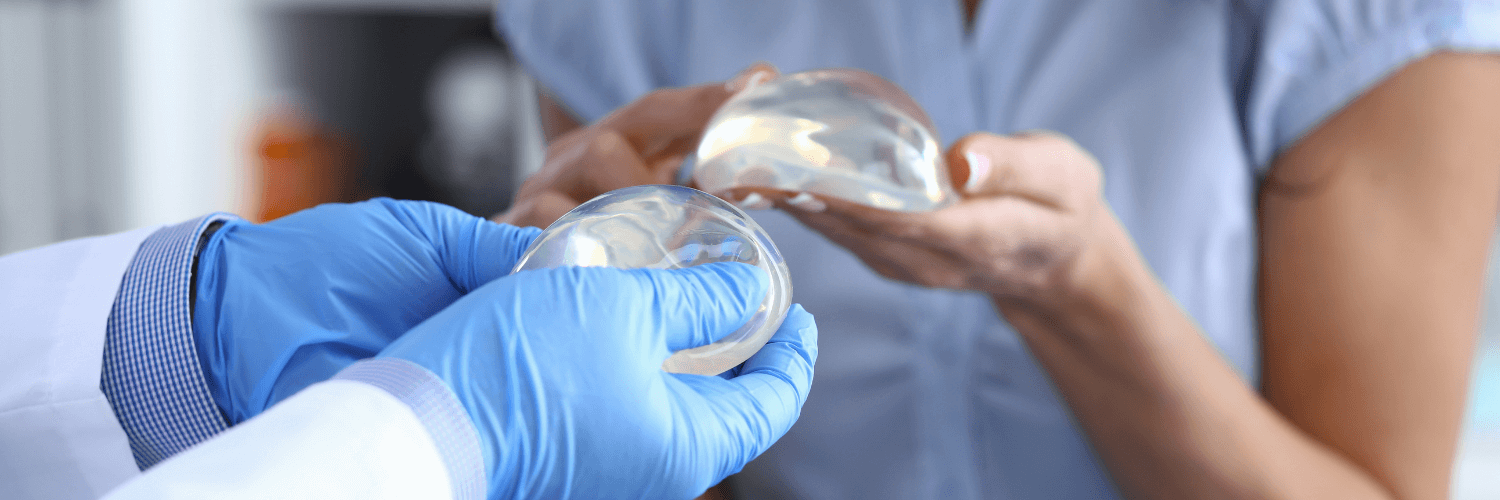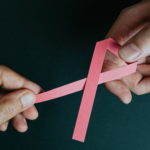
- 0 Comments
- PRMA Plastic Surgery
After breast cancer treatment, Breast reconstruction helps women become physically and emotionally whole again. Breast Reconstruction restores something that nature once provided but cancer has taken away. Unfortunately, many patients with breast cancer who have had a mastectomy or lumpectomy are not given the option of breast reconstruction.
Regardless of the type of breast cancer surgery, women have a variety of reconstruction options. After a mastectomy, options include: breast implants (saline or silicone) or natural autologous tissue (skin and fat from a patient’s own body). Breast reconstruction can be used with a lumpectomy to improve aesthetic outcomes and maintain breast symmetry. This is known as “Oncoplastic surgery.”
Immediate vs Delayed Breast Reconstruction
Immediate reconstruction is performed at the exact same time as the mastectomy and provides the best potential cosmetic outcome. The natural breast skin is preserved “skin-sparing mastectomy” and there is minimal scarring. In rare circumstances, a nipple-sparing mastectomy is possible, which preserves the nipple, areola, and breast skin.
Delayed reconstruction typically takes place several months after the mastectomy. Patients who are going through radiation may be advised to postpone reconstructive surgery in order to achieve the best results. This delay might last several months. This allows the chest tissues to repair as quickly as possible following the radiation treatment. Some other reasons for delaying reconstruction include advanced disease (stage III or IV) and lack of access to a reconstructive surgeon.
Reasons for Breast Reconstruction
A woman may choose to undergo breast reconstruction for several different reasons:
- To look and feel balanced when she is wearing a bra or swimsuit.
- To help clothes fit better.
- To recover her breast shape.
- To feel better about herself.
Scars from breast reconstruction are common, however, they normally diminish with time. Scarring has also been decreased due to newer techniques. When wearing a bra, your breasts should be similar in size and form so you feel confident about how you look.
Breast reconstruction can help you feel better about your appearance and reclaim your self-confidence after a mastectomy. It’s important to keep in mind that the rebuilt breast will not be an exact match or replacement for your natural breast. If tissue from your abdomen, back, or buttocks was utilized in the reconstruction, those regions will change following surgery as well. Make sure to discuss with your surgeon about potential scars, changes in shape, changes in sensation, and how they will feel once they heal.
When discussing options with your plastic surgeon, make sure that all options are discussed and that your surgeon is very experienced in breast reconstruction. Ask to see pictures of their work and for patient testimonials.
Potential Risks of Breast Reconstruction Surgery
Breast reconstruction, like any type of surgery, comes with its own set of risks. Some of the possible risks during or immediately after surgery, include:
- Fatigue (most common)
- Wound healing problems (sometimes occurs)
- Infection (sometimes occurs)
- Blood clots or bleeding (uncommon)
- Problems with anesthesia (uncommon)
Problems that might arise later:
- Loss of sensation in the breast
- Loss of muscle strength
- Uneven breasts
- Lymphedema
- Capsular contracture with implant-based reconstruction
You Are Not Alone
Whatever option you choose, it’s important to know there is support available to help you understand your reconstruction options and cope with the changes you are experiencing. A good place to start is by talking to your doctor or other members of your healthcare team.
At PRMA, we host a bi-monthly Pink Ladies Breast Cancer Support Group meeting for women in all stages of their breast cancer and breast reconstruction journey. There are also many other organizations and groups that meet regularly for patients to connect with each other. For more information on your local support groups contact your local American Cancer Society.
It is a great honor to be part of a team with such a rich tradition of excellent patient care, shares Dr. Andrew Gassman, the newest surgeon to join the PRMA team. Years and years of procedure fine tuning with individualized care means our patients truly benefit from both efficiency and experience.
Leave Comment
Sign Up for Our Monthly Newsletter
Continue Reading

DIEP Flap Breast Reconstruction at PRMA: Priscilla’s Story
DIEP Flap Breast Reconstruction at PRMA: Priscilla’s Story January 13, 2022 Share on Facebook Twitter Linkedin The DIEP flap is the most advanced breast reconstruction technique currently available today. At PRMA, it is also the recommended method. The procedure uses the patient’s own abdominal skin and fat. After a mastectomy, the tissue is used to recreate a […]

What Breast Cancer Patients Should Know About FDA’s New Breast Implant Safety Rules
What Breast Cancer Patients Should Know About FDA’s New Breast Implant Safety Rules January 11, 2022 Share on Facebook Twitter Linkedin There are now new breast implant safety requirements from the FDA. Beginning in October 2021, all implant boxes must now come with a warning label informing patients of the potential risk of Breast Implant-Associated […]

Should I Get Breast Reconstruction Surgery?
Should I Get Breast Reconstruction Surgery? December 03, 2021 Share on Facebook Twitter Linkedin After breast cancer treatment, Breast reconstruction helps women become physically and emotionally whole again. Breast Reconstruction restores something that nature once provided but cancer has taken away. Unfortunately, many patients with breast cancer who have had a mastectomy or lumpectomy are […]

Guest Post: Improving Women’s Sex Life After Breast Cancer
Guest Post: Improving Women’s Sex Life After Breast Cancer November 22, 2021 Share on Facebook Twitter Linkedin Most women with breast cancer notice negative changes in their sex lives. By some estimates, over 80% of women treated for breast cancer end up with sexual problems. Unfortunately, at least half of women do not recall discussing […]

What NOT To Say To Someone Who’s Had A Mastectomy
What NOT To Say To Someone Who’s Had A Mastectomy November 11, 2021 Share on Facebook Twitter Linkedin If you have a loved one who is preparing for or recovering from a mastectomy, there are a few things you should avoid saying – and a few things you should say instead. Don’t say “You’re too […]

Emotional Wellness and Breast Cancer
Emotional Wellness and Breast Cancer November 02, 2021 Share on Facebook Twitter Linkedin When you’re diagnosed with breast cancer, it’s normal to experience a range of emotions at different points during your treatment and recovery. You may be surprised and overwhelmed at first and then become terrified or angry. It’s common to have both good […]

What Everyone Should Know About Breast Cancer
What Everyone Should Know About Breast Cancer October 19, 2021 Share on Facebook Twitter Linkedin Breast cancer affects many women in the United States and around the world. For every 8 women in the United States, 1 will be diagnosed with breast cancer during her lifetime. Women, and men, also have an increased risk of […]

What October Means To Me
What October Means To Me October 07, 2021 Share on Facebook Twitter Linkedin Breast Cancer Awareness Month is celebrated around the country every October. The occasion brings attention to breast cancer, but many people affected have mixed feelings about it. There’s no doubt this awareness campaign means different things to different people. For some, it’s […]

Top 3 Reasons Patients Delay Breast Reconstruction
Top 3 Reasons Patients Delay Breast Reconstruction September 27, 2021 Share on Facebook Twitter Linkedin When considering breast reconstruction after breast cancer surgery, patients have two timing options. Immediate or delayed. Immediate breast reconstruction is performed at the same time as the mastectomy. There are many benefits to immediate reconstruction. These include shorter recovery and […]



No Comments